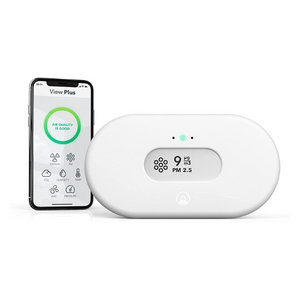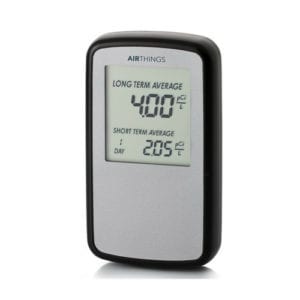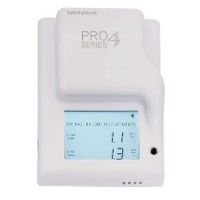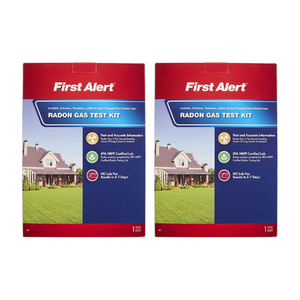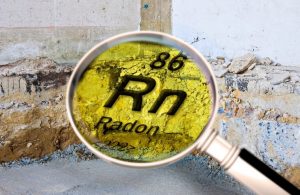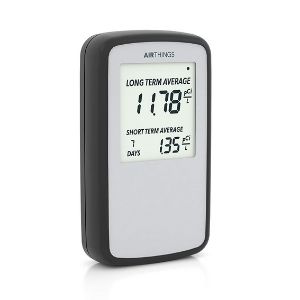In years past, radon tests required lab fees, postage, and a lot of waiting (which is tough with something as dangerous as radon). That’s why we chose smart radon detectors like the Radon Eye RD200, AirThings 2960 View Plus, and AirThings Corentium for our top spots.
These radon test kits conduct long-term tests and instant readings of radon concentration in your home. The Radon Eye RD200 provides a quick reading within 10 minutes of setup and a more accurate reading after 1 hour—pretty fast considering the 72-hour wait for lab results.

